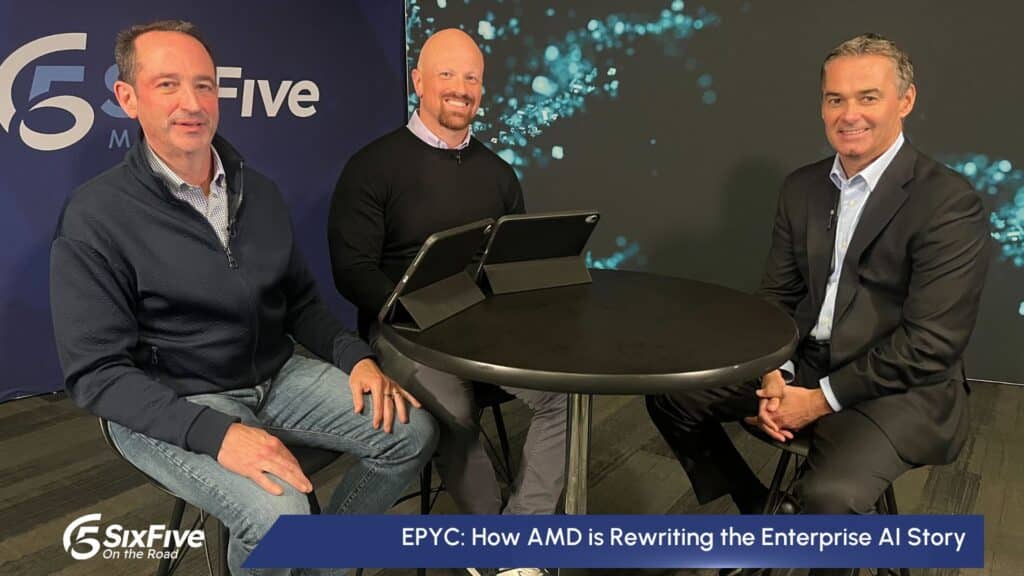We’ve seen a surge of data being created and collected in the last few years. With such a huge emphasis on improving the customer experience, companies have been looking for a way to store, organize, and get insights from that data. It’s no surprise, then, that more companies are starting to recognize the value of customer data platforms (CDPs)—platforms meant to unify data from multiple sources to create single data profiles regarding individual customers. CMOs and marketing departments are onboard, but what about IT? What do today’s IT leaders need to know about CDP adoption before signing on the dotted line? The following are just a few things to keep in mind before investing in CDP adoption for your company.
They’re Not CRMs
First, don’t be too quick to blow off the CDP model. Many IT teams might assume CDPs are just another type of CRM or data management tool, but that isn’t the case. CDPs are meant to pool data from multiple fragmented sources, such as your CRM, social media data, sales data, and website, into one central location so that you can gain a clearer and more informed picture of that individual. Is that really necessary? That depends on the size of your marketing stack. I’ve seen research that shows organizations average up to 91 different martech solutions in their stacks. That sounds insane, and likely those organizations are paying for a lot of tech they aren’t fully using. Even if that number is on the high side, just 13 percent of companies feel confident they are making the most of the data they are collecting, which leaves plenty of room for improvement.
To help, CDPs make the process of culling, organizing, and extracting meaning from data automatic. They also help ensure that the data you’re using is correct, up-to-data and reliable—something that’s becoming a huge problem for many companies these days as they deal with the mass amounts of data being processed. In fact, bad data costs companies across the United States an estimated $3 trillion per year. Rather than hold data, CDPs help to bring it together and make sense of it. Many CDPs include analytics, predictive modeling, and cross-channel integration tools that make other forms of marketing or product development even stronger.
They’ll Up Your Data Game (Not to Mention Security and Privacy)
Because CDPs are able to integrate data from numerous sources, they empower your company to learn even more about the customers, products, and services they offer. They allow for the integration of structured and unstructured data such as comments from verbatims on customer surveys or feedback in customer service chats and social media.
Most importantly, CDPs allow for a central system for managing privacy and security preferences and ensuring that your company is compliant in meeting security and privacy concerns. Think of a CDP as a digitized paper trail. You can see where every piece of data is coming from and where every piece of data is being used — something we can’t take for granted in the GDPR and CCPA era.
There is nothing that frustrates a customer more than setting privacy preferences in one company’s online account, only to find that those preferences aren’t respected in marketing or email campaigns, for instance. Imagine how many times that happens you’re your marketing teams are gathering information from upwards of 90 sources. CDPs allow you to ensure you never cross the line when managing your customer data.
They’ll Empower Your Teams (And Free Up Time)
CDPs clearly empower your marketing teams in terms of being able to provide even more personalized information about your company’s customers. But they also free up time for your entire IT teams by allowing marketing teams and other departments within your company to find the data they need on their own. Rather than reaching out to IT to gather data from fragmented systems, they can find it in one source—and it’s not a source you will be forced to manage or govern.
They Aren’t Just for Marketing Teams
While it’s natural to think of CDPs as a resource for marketing, CDPs can be just as important for other groups within your company. For instance, finance teams will benefit from seeing real-time data from many different sources in terms of making new investments, deciding which products to continue or discontinue, or which new products customers are clamoring for, and where. Sales teams can use CDPs to monitor customer interactions and connect with customers if they stop mid-sale. These types of insights are valuable on many levels throughout the enterprise.
They Aren’t Always Necessary
Lastly, one thing I want to stress is that despite the attention and popularity they are gaining right now, CDPs are not always necessary. Yes, I made some great points in their favor above. But depending on the size of your marketing stack, or your company — let alone the depth of your product and service offerings — CDPs may be just one more as-a-Service cost to add to your budget. If your company is still at its early stages of digital transformation, I’d recommend either incorporating a CDP from the start (if you plan to go big) to ensure that it’s scalable and compatible with your other technology, or keeping it simple and working with what you have (if you don’t have large-scale business goals/don’t have a plan in place to use the data you have).
There is no magic bullet in terms of data collection and customer insights. Obviously, your company will need a strategy to make this happen However, CDPs provide a very solid foundation for extracting as much value as possible if your company is committed to making data a part of your growth strategy.
Futurum Research provides industry research and analysis. These columns are for educational purposes only and should not be considered in any way investment advice.
The original version of this article was first published on Forbes.
Author Information
Daniel is the CEO of The Futurum Group. Living his life at the intersection of people and technology, Daniel works with the world’s largest technology brands exploring Digital Transformation and how it is influencing the enterprise.
From the leading edge of AI to global technology policy, Daniel makes the connections between business, people and tech that are required for companies to benefit most from their technology investments. Daniel is a top 5 globally ranked industry analyst and his ideas are regularly cited or shared in television appearances by CNBC, Bloomberg, Wall Street Journal and hundreds of other sites around the world.
A 7x Best-Selling Author including his most recent book “Human/Machine.” Daniel is also a Forbes and MarketWatch (Dow Jones) contributor.
An MBA and Former Graduate Adjunct Faculty, Daniel is an Austin Texas transplant after 40 years in Chicago. His speaking takes him around the world each year as he shares his vision of the role technology will play in our future.





